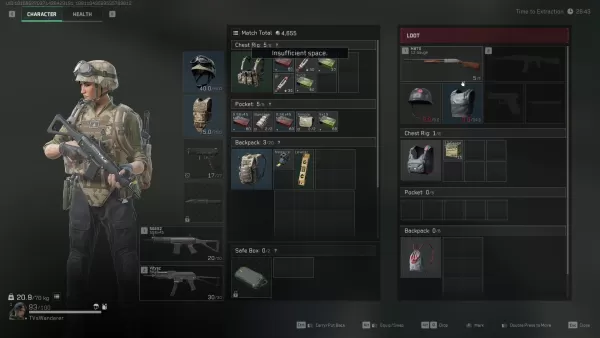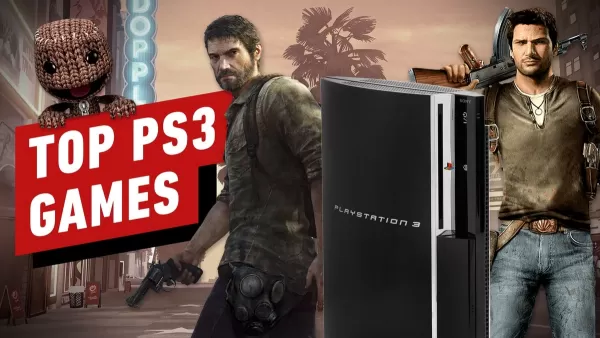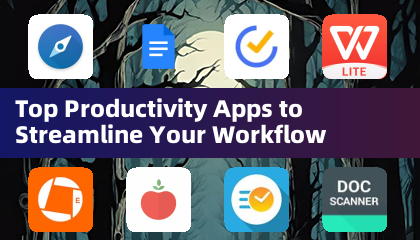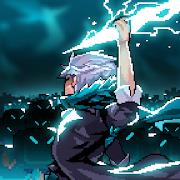Delta Force's Operations mode, also known as Hazard Operations or Extraction mode, is the thrilling core of the game, where the stakes are high and the action intense. Whether you're "raiding" or just looking to survive, the objective remains the same—drop into the map, collect valuable gear, and extract safely before other players or AI enemies eliminate you. The crucial element here is that, like other extraction shooters, everything you bring into the match is at risk; lose the battle, and you lose your gear.
This guide isn't just about surviving; it's about mastering Operations mode from beginning to end. You'll learn how to pace your runs, manage your gear effectively, and make strategic decisions that accumulate value over time. If you're only interested in survival tips, our dedicated blog post covers that topic in detail.
Whether you're playing solo or with a squad, understanding the mechanics of Operations mode is crucial to playing smarter, not harder.
What Operations Mode Actually Is
Delta Force's Operations mode is a dynamic PvPvE sandbox where no two matches are the same. You, along with up to two other players, enter a live map teeming with AI soldiers, loot spawns, and rival teams. Your mission? To gather as much loot as possible and extract before you're taken down. Unlike traditional shooter modes, there's no score to chase. What you successfully extract adds to your inventory outside the raid. However, if you're killed, you lose everything except for items secured in your Safe Box. This risk-reward dynamic is what makes Operations mode so exhilarating, even if you're just sneaking away with medical supplies.
Loadout Planning and Inventory Control
Success in Operations mode begins before you even set foot on the map—with your loadout. Every match requires an entry fee, so your choices matter. Essentials like a helmet, armor, chest rig, and backpack are mandatory for deployment. What you decide to carry beyond these basics will dictate your strategy and gameplay.

Extraction zones are typically fixed, but some maps feature dynamic elements such as elevators or enemy-controlled checkpoints. Always plan your exit strategy before you dive deep into looting.
Loot Smarter, Not Harder
Every item in Operations mode has a sell value, but not all are worth the risk. Initially, prioritize healing items, weapon attachments, and rare electronics—these are compact, valuable, and can be safely stashed in your Safe Box if needed.
Heavy weapons or armor might be tempting, but they can slow you down and occupy valuable space. Only take them if you're certain you can extract, or if you're near an exit and have nothing to lose.
A smart tip for beginners: steer clear of major loot spots during the early stages. Let other teams clash, then scavenge the remnants. If playing solo, loot the map's periphery and return later. You'll be surprised at the quality of gear left behind after intense team battles.
Picking the Right Operative
Your choice of Operative shapes your strategy in Operations mode. Not all Operatives are suited for stealth or loot-heavy gameplay, so select one that aligns with your objectives.
Luna and Hackclaw excel in intelligence gathering and mobility. Luna can tag enemies and disrupt attacks with her shock arrows, while Hackclaw moves silently and can execute stealthy takedowns. Stinger, with his healing kit, is ideal for team play, especially when supporting more aggressive teammates.
Avoid Operatives with conspicuous or flashy abilities unless you plan to engage in combat. Characters like D-Wolf might be fun, but they draw too much attention in a mode where staying hidden often yields better outcomes.
Fight When It Matters
In Operations mode, choosing your battles wisely is more critical than winning them. While PvP kills can yield gear and XP, they can also slow you down and attract unwanted attention. Engage only when necessary or when it's your best course of action.
If you find yourself in a firefight, keep moving and aim to end it swiftly. Use your Operative's abilities to your advantage—Luna's detection arrow can reveal enemies behind cover, and Stinger's smokescreen can provide cover for healing or retreating.
Remember, you can always loot the fallen later. If two teams are engaged in combat, hang back and let them exhaust each other. Third-partying is risky but can be an effective way to acquire gear without directly confronting everyone.
Making the Most of Each Match
Every raid offers a chance to build value, enhance your skills, or gain new insights. Don't dwell on a bad run; use it to refine your strategy for the next one.
Save your credits during a losing streak and play more strategically when you're on a roll. Upgrade your Safe Box early, experiment with different Operative setups, and explore the maps to discover optimal loot paths.
Over time, your focus will shift from mere survival to optimization. This is when Operations mode truly becomes enjoyable.
Delta Force's Operations mode is more than just a loot-and-run scenario; it's a game of risk, planning, and intelligent decision-making. Assemble your loadout with intention, loot with precision, and know when to fight or flee. Every loss is merely part of the journey that makes your first significant victory all the more satisfying.
For the best gaming experience, consider playing Delta Force on PC with BlueStacks. Enjoy faster load times, precise controls, and easier gear management. It's the optimal way to stay competitive while mastering the game.


 LATEST ARTICLES
LATEST ARTICLES 











